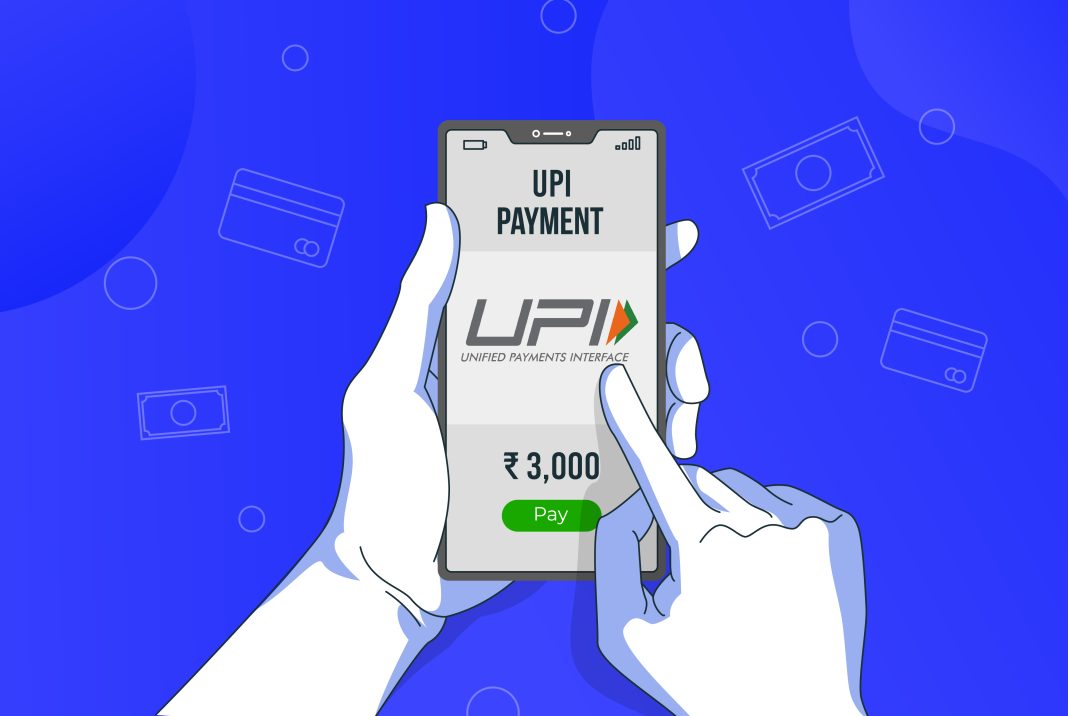The Indian government is preparing to reintroduce Merchant Discount Rate (MDR) on UPI transactions exceeding ₹3,000, signaling a shift from the zero-MDR policy in place since 2020. The move aims to support banks and payment providers in managing rising costs for high-value digital transactions.
🔍 What’s Being Proposed?
- Fee on Payments Over ₹3,000: UPI transactions above ₹3,000 may carry an MDR—likely around 0.2%–0.3%, based on multiple sources.
- Transaction-Based, Not Merchant Turnover: The MDR will apply per transaction amount, regardless of merchant size.
- Exemptions Likely for Small Payments: Transactions under ₹3,000 would probably remain MDR-free.
✅ 5 Major Impacts of MDR on UPI ₹3,000+
1. 💰 Cost Recovery for Banks & Fintechs
UPI currently occupies ~80% of retail digital transactions, with ~₹60 lakh crore in value since 2020. Providers say the zero-MDR model is unsustainable for large-value transactions.
2. 💸 Fee Structure Fairness
The proposed MDR (0.2%–0.3%) sits well below card MDR (0.9%–2%), meaning large merchants may bear it, but consumers likely won’t see an impact.
3. 🚦 Focus on Large Merchants
Major e-commerce and retail giants like Amazon, Flipkart, Zomato, Swiggy, and others could be the main payers—especially if they exceed a daily or monthly transaction threshold.
4. 🏗️ Ensuring UPI Sustainability
Finance Ministry and RBI support the MDR, aiming to replenish the ₹10,000 crore yearly UPI infrastructure costs not covered by current subsidies.
5. 📆 Timeline & Implementation
A final decision is expected in 1–2 months following stakeholder consultations (banks, NPCI, fintechs). Implementation could begin with large merchants and hardware firmware updates.
📌 Why It Matters
- Strengthens the Backbone of UPI: Ensures long-term viability by funding backend and cybersecurity costs.
- Maintains User Trust: Small transactions stay free—payments under ₹3,000 unaffected.
- Brings Global Parity: Aligns UPI more closely with card-based systems while remaining competitive.
- Supports Innovation: Creates a revenue stream to invest in new tools, compliance, and fraud protection.
🔗 Suggested External Links
- NDTV Profit on policy proposal entrackr
- Moneycontrol analysis of the impact
- Reuters on regulatory context and MDR rates
Summary
Introducing MDR on UPI payments over ₹3,000 marks a significant shift from a growth-driven, zero-fee model to a sustainable infrastructure strategy. With a likely fee of 0.2%–0.3%, large merchants will support UPI’s backbone—while average users can still enjoy free, hassle-free transactions under ₹3,000.

